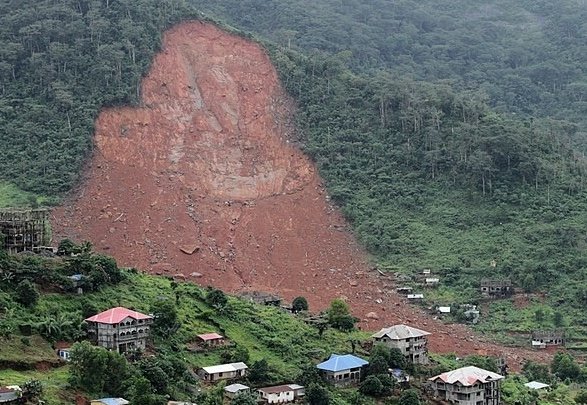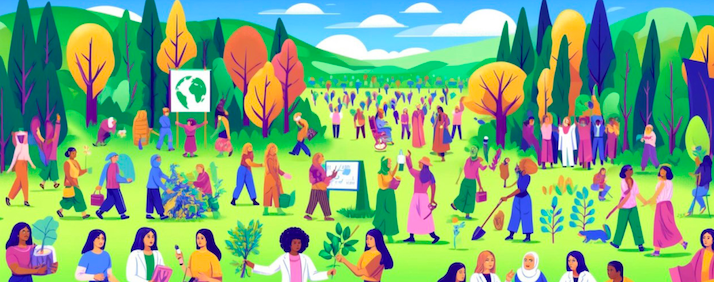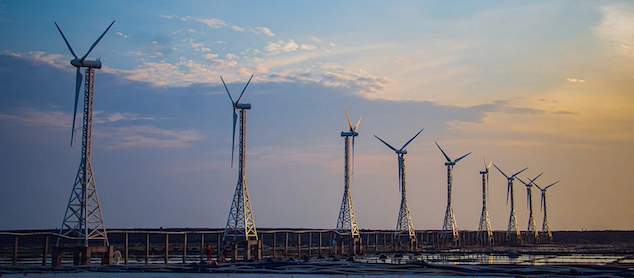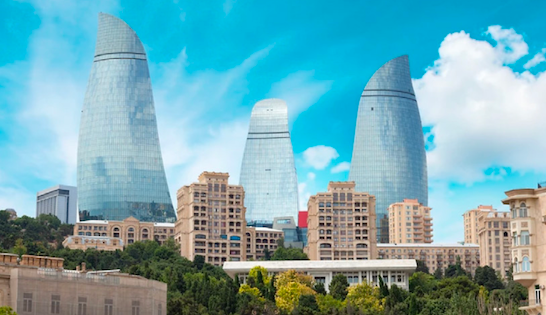Bridging the Urban Climate Finance Gap
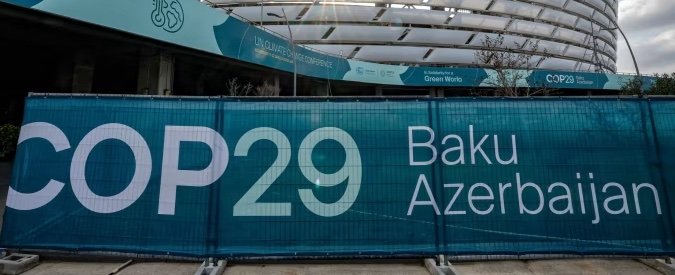 COP29 Baku
COP29 Baku
While the progress made is commendable, we must recognize that much more is required. Cities in low and middle-income countries are facing an enormous urban climate finance gap, requiring between US$840 billion and US$1.4 trillion annually to develop climate-resilient infrastructure.
Development finance institutions are already the largest source of public funds for urban climate finance, having contributed over 30% of overall public urban climate finance in 2021-2022. And at COP29, the World Bank joins the other MDBs to collectively reiterate our commitment to accelerating urban climate finance even further.
However, even combined, the MDBs cannot fully close the urban climate finance gap. Bridging this gap will require broader cooperation and partnerships among diverse groups with resources and expertise. Collaboration between MDBs, city networks like C40 and the Global Covenant of Mayors (GCoM), private sector actors, philanthropy, and climate finance facilities will be critical.
To advance these partnerships, the MDB Cities Group, convened by the World Bank and European Bank for Reconstruction and Development, has proposed a more structured series of engagements between the MDBs and city leaders and groups. We plan to meet regularly over the next 18 months with a focus on scaling urban climate finance and enhancing urban adaptation.
In conclusion, while the MDBs, including the World Bank, have made commendable strides in scaling up urban climate finance, the challenges ahead remain significant. By working in partnership, we are working to accelerate the flow of necessary resources to cities. Together, we are pushing for more urban climate finance to build more livable cities for a livable planet.
05-12-2024

